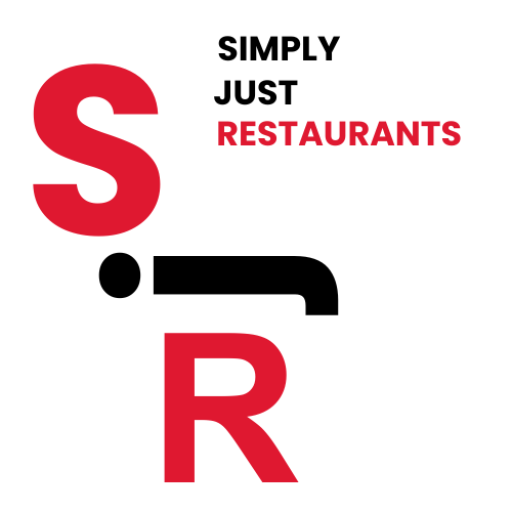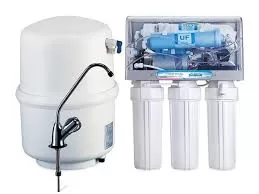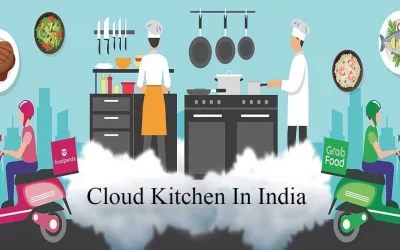- The Evolving Restaurants Landscape and its Challenges
- 11 Major Challenges Faced by Restaurants in 2024
- Challenge 1: Rising Food and Beverage Costs:
- Challenge 2: Labor Shortages and Staff Retention:
- Challenge 3: Keeping Up with Changing Customer Preferences:
- Challenge 4: Managing Online Reviews and Reputation:
- Challenge 5: Maintaining Profitability in a Competitive Market
- Challenge 6: Adapting to Changing Regulations and Licensing Requirements
- Challenge 7: Providing a Safe and Secure Dining Environment
- Challenge 8: Keeping Up with Technological Advancements
- Challenge 9: Managing Delivery and Takeout Operations Efficiently
- Challenge 10: Marketing Your Restaurant Effectively
- Challenge 11: Balancing Sustainability with Operational Needs
- Strategies to Overcome Restaurant Challenges and Thrive
- Solution 1: Mitigating Rising Food and Beverage Costs
- Solution 2: Attracting and Retaining Top Talent
- Solution 3: Adapting to Evolving Customer Preferences
- Solution 4: Building a Strong Online Reputation
- Solution 5: Optimizing Profitability in a Competitive Market
- Building a Successful Restaurant in 2024 and Beyond
- FAQs
The Evolving Restaurants Landscape and its Challenges
The restaurant industry is undergoing significant transformation driven by technological advancements, changing consumer preferences, and economic fluctuations.
Digital innovations such as online ordering, delivery apps, and contactless payments are reshaping customer interactions and operational workflows.
Additionally, consumers increasingly seek unique dining experiences, sustainable practices, and healthier food options, prompting restaurants to adapt their menus and business models.
The COVID-19 pandemic has accelerated these changes, emphasizing the need for robust sanitation protocols, flexible dining options, and resilient supply chains. However, these shifts present challenges including increased competition, the necessity for constant innovation, and managing rising operational costs.
Labor shortages and the pressure to maintain high service standards further complicate the landscape. As restaurants navigate this evolving environment, they must balance technological integration with personalized customer experiences to remain competitive and thrive in the new normal.

11 Major Challenges Faced by Restaurants in 2024
In 2024, restaurants face a myriad of challenges impacting their operations and growth. Key issues include navigating post-pandemic recovery, managing labor shortages, and addressing rising operational costs. The integration of advanced technology for efficiency and customer satisfaction is essential yet costly.
Supply chain disruptions and inflation contribute to financial strain, while changing consumer preferences demand continuous menu innovation. Additionally, sustainability practices are becoming crucial to meet regulatory standards and customer expectations.
The competitive landscape, coupled with the need for robust marketing strategies and maintaining high service quality, further complicates the path to success for modern restaurants.
Challenge 1: Rising Food and Beverage Costs:
Rising food and beverage costs pose a significant challenge for restaurants, impacting their profitability and pricing strategies.
Fluctuations in the prices of ingredients, driven by factors like supply chain disruptions, climate change, and market demand, can lead to increased operational expenses. Restaurants must navigate these costs while maintaining menu quality and affordability.
This often requires strategic sourcing, negotiating with suppliers, and optimizing inventory management to minimize waste.
Additionally, restaurants may need to adjust their pricing or innovate their menus to balance cost increases without deterring customers, ensuring financial stability in a competitive market.
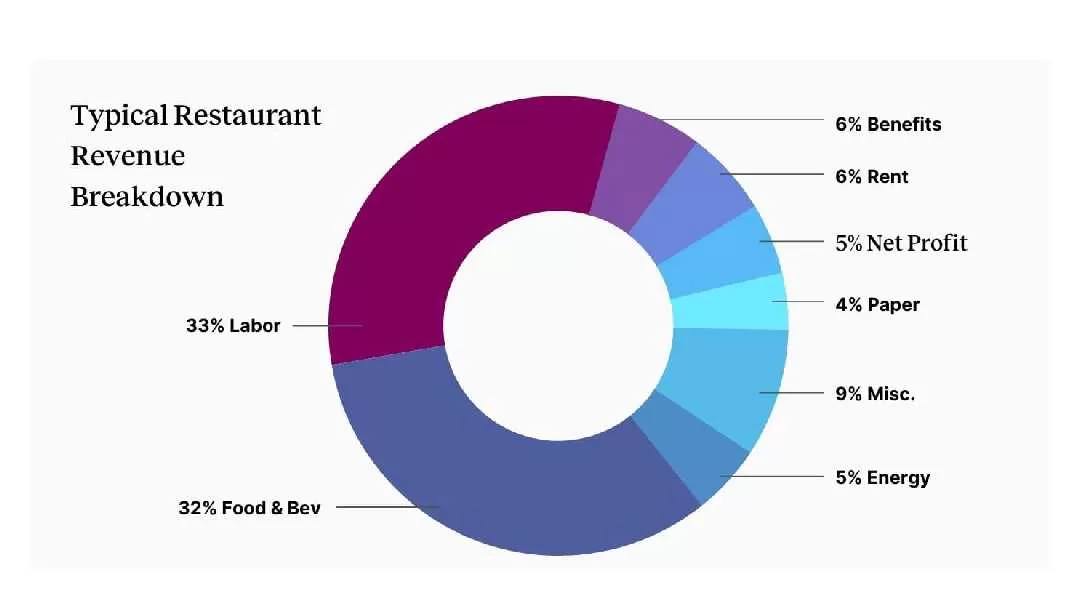
Challenge 2: Labor Shortages and Staff Retention:
Labor shortages and staff retention are critical challenges in the restaurant industry. High turnover rates and difficulty in finding skilled workers strain operations and service quality.
Factors like demanding work conditions, irregular hours, and competitive wages in other sectors contribute to these issues. To combat this, restaurants must focus on creating a positive work environment, offering competitive pay, and providing career development opportunities.
Effective staff training and fostering a supportive culture can enhance job satisfaction and loyalty, reducing turnover. Investing in employee well-being and growth is essential to maintaining a stable and efficient workforce.

Challenge 3: Keeping Up with Changing Customer Preferences:
Keeping up with changing customer preferences is a significant challenge for restaurants. Today’s diners seek diverse, health-conscious, and innovative menu options, along with unique dining experiences.
Trends like plant-based diets, sustainability, and convenience (such as online ordering and delivery) continuously reshape consumer demands.
Restaurants must stay agile, regularly updating their offerings and leveraging customer feedback to remain relevant. This requires ongoing market research, culinary innovation, and adaptability.
Balancing these evolving tastes while maintaining consistent quality and service can be complex, but it is essential for attracting and retaining a loyal customer base in a competitive industry.

Challenge 4: Managing Online Reviews and Reputation:
Managing online reviews and reputation is crucial yet challenging for restaurants. With the prevalence of review platforms and social media, customer feedback is highly visible and influential.
Positive reviews can attract new patrons, while negative ones can deter potential customers and damage the restaurant’s reputation.
Effective reputation management involves actively monitoring reviews, promptly addressing customer complaints, and maintaining high service standards.
Engaging with customers online, responding to reviews professionally, and resolving issues can help mitigate negative impacts.
Additionally, encouraging satisfied customers to leave positive reviews can bolster the restaurant’s online presence, enhancing its reputation and attracting more business.

Challenge 5: Maintaining Profitability in a Competitive Market
Maintaining profitability in a competitive market is a constant challenge for restaurants. High competition means customers have numerous dining options, putting pressure on prices and profit margins. Rising costs, such as rent, labor, and ingredients, further squeeze profitability.
To navigate this, restaurants must focus on operational efficiency, cost control, and revenue optimization. This includes strategic menu pricing, effective marketing strategies to attract and retain customers, and efficient operations to minimize waste and overheads.
Additionally, staying innovative, offering unique experiences, and providing exceptional customer service can help differentiate the restaurant and maintain profitability amidst fierce competition.

Challenge 6: Adapting to Changing Regulations and Licensing Requirements
Adapting to changing regulations and licensing requirements presents a continuous challenge for restaurants. Government regulations regarding health, safety, food handling, and alcohol licensing can vary and evolve, requiring restaurants to stay updated and compliant.
Failure to adhere to these regulations can result in fines, penalties, or even closure. Restaurants must invest time and resources in understanding and implementing these requirements, which may involve staff training, operational adjustments, and obtaining necessary permits.
Staying proactive, maintaining open communication with regulatory authorities, and integrating compliance into business practices are essential for navigating these challenges and ensuring the long-term success and sustainability of the restaurant.

Challenge 7: Providing a Safe and Secure Dining Environment
Providing a safe and secure dining environment is paramount for restaurants. This includes implementing stringent hygiene protocols, ensuring food safety, and maintaining a clean facility.
Additionally, measures like staff training, surveillance systems, and emergency preparedness contribute to creating a welcoming and secure atmosphere for customers.

Challenge 8: Keeping Up with Technological Advancements
Keeping up with technological advancements is essential for restaurants to stay competitive.
This includes adopting digital ordering and payment systems, implementing customer relationship management software, and leveraging data analytics for business insights.
Embracing technology streamlines operations, enhances customer experience, and improves efficiency in an increasingly digital world.

Challenge 9: Managing Delivery and Takeout Operations Efficiently
Efficiently managing delivery and takeout operations is crucial for restaurants.
This involves optimizing delivery logistics, ensuring timely and accurate orders, and maintaining food quality during transit.
Utilizing technology for order management and delivery tracking, along with effective communication with delivery partners, ensures smooth and successful operations.

Challenge 10: Marketing Your Restaurant Effectively
Effective restaurant marketing entails understanding your audience, creating compelling messages, and leveraging diverse channels like social media, email, and partnerships.
Tailoring promotions to customer preferences, highlighting unique offerings, and fostering engagement through interactive content are key strategies for attracting and retaining patrons in a competitive market.
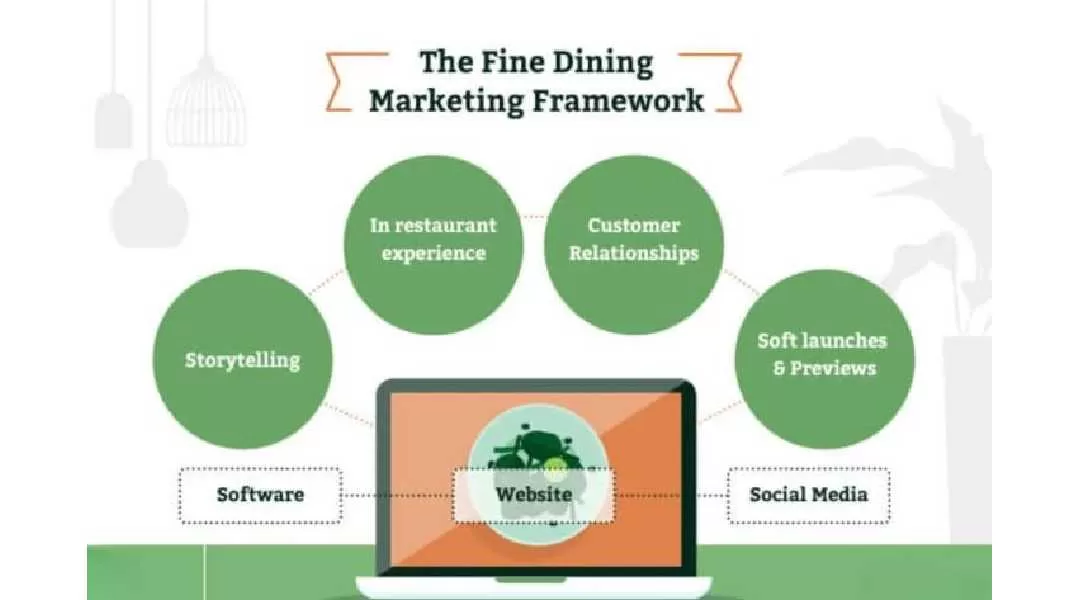
Challenge 11: Balancing Sustainability with Operational Needs
Balancing sustainability with operational needs involves integrating eco-friendly practices into daily operations without compromising efficiency or quality.
This includes sourcing locally, reducing waste through recycling and composting, and implementing energy-saving measures. Prioritizing sustainability aligns with consumer values while contributing to long-term environmental and business sustainability.
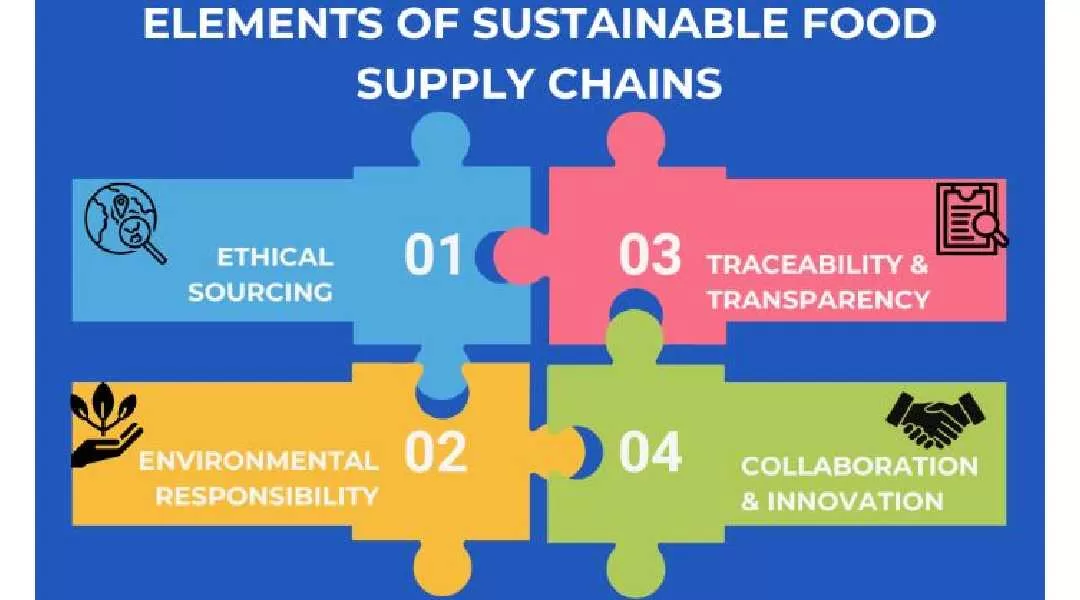
Strategies to Overcome Restaurant Challenges and Thrive
Turning Challenges into Opportunities: Effective Solutions for Restaurants
Turning challenges into opportunities requires innovative solutions tailored to each aspect of restaurant operations:
Rising Costs: Implementing efficient inventory management, negotiating bulk purchases, and menu engineering to optimize profit margins.
Labour Shortages: Offering competitive wages, providing employee benefits, and investing in training to improve retention.
Changing Customer Preferences: Regularly updating menus, embracing food trends, and enhancing customer engagement through personalized experiences.
Managing Online Reputation: Actively monitoring reviews, responding promptly and professionally, and leveraging positive feedback for marketing purposes.
Maintaining Profitability: Implementing cost-saving measures, diversifying revenue streams, and optimizing pricing strategies.
Adapting to Regulations: Staying informed about regulatory changes, investing in compliance tools, and maintaining open communication with authorities.
Ensuring Safety: Prioritizing hygiene and sanitation, implementing safety protocols, and providing staff training on emergency procedures.
Keeping Up with Technology: Adopting digital solutions for ordering, payment, and marketing, and leveraging data analytics for business insights.
Efficient Delivery and Takeout: Streamlining delivery logistics, optimizing packaging for freshness, and leveraging technology for order management and tracking.
Effective Marketing: Understanding target demographics, crafting compelling messaging, and utilizing diverse channels for promotion.
Balancing Sustainability: Integrating eco-friendly practices into operations, sourcing locally, and communicating sustainability efforts to resonate with environmentally conscious consumers.
By addressing these challenges with innovative solutions, restaurants can not only overcome obstacles but also capitalize on opportunities for growth and success.
Solution 1: Mitigating Rising Food and Beverage Costs
Mitigating rising food and beverage costs requires a multifaceted approach. Restaurants can optimize inventory management by accurately forecasting demand, minimizing waste, and negotiating favorable terms with suppliers.
Menu engineering plays a vital role, strategically highlighting high-margin items and adjusting portion sizes to maintain profitability without compromising quality.
Additionally, embracing locally sourced and seasonal ingredients not only supports sustainability but also reduces transportation costs.
Continuous monitoring of market trends allows for timely adjustments in pricing strategies, ensuring competitiveness while safeguarding profit margins. By implementing these strategies, restaurants can effectively mitigate the impact of rising costs on their bottom line.
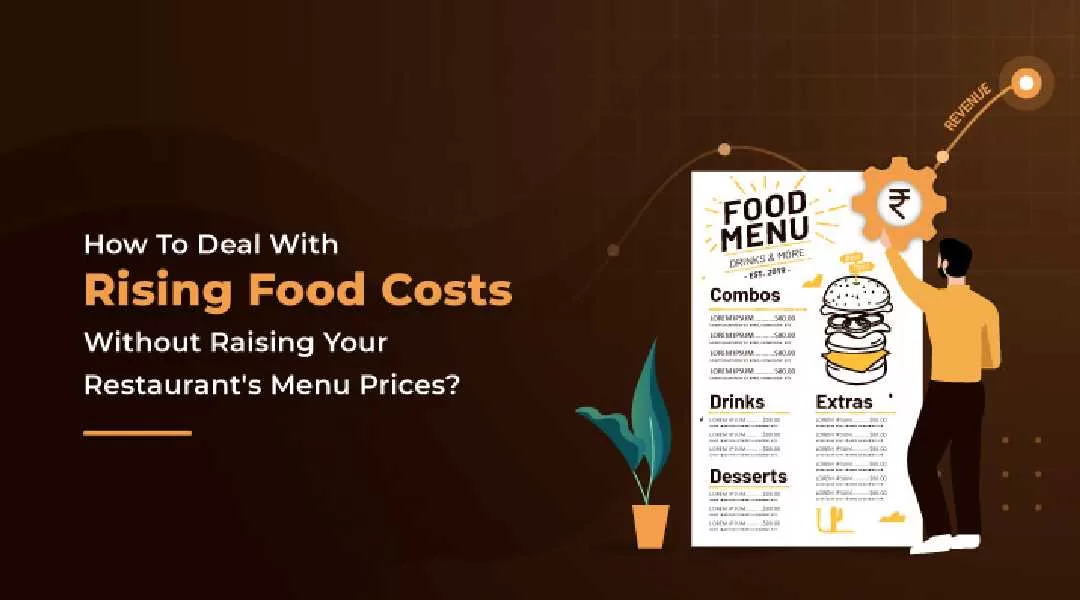
Solution 2: Attracting and Retaining Top Talent
Attracting and retaining top talent begins with offering competitive wages and benefits, including healthcare and opportunities for career advancement.
Creating a positive work culture, fostering a sense of belonging, and providing on going training and development programs are crucial for employee satisfaction and loyalty.
Recognizing and rewarding exceptional performance, along with regular feedback sessions, enhances engagement and motivation. Moreover, offering flexible scheduling options and promoting work-life balance can further attract and retain skilled staff.
By prioritizing the well-being and professional growth of employees, restaurants can build a dedicated team committed to delivering exceptional service and driving business success.

Solution 3: Adapting to Evolving Customer Preferences
Adapting to evolving customer preferences requires proactive market research and a flexible approach to menu development and service offerings.
Restaurants can leverage customer feedback, trends analysis, and industry insights to identify emerging preferences and tailor their offerings accordingly.
This might involve incorporating healthier options, accommodating dietary restrictions, or introducing innovative menu items that align with changing tastes.
Embracing technology for online ordering, delivery, and reservation systems can also enhance convenience and cater to evolving consumer behaviors. By staying agile and responsive to customer needs, restaurants can maintain relevance and foster loyalty in a dynamic market landscape.
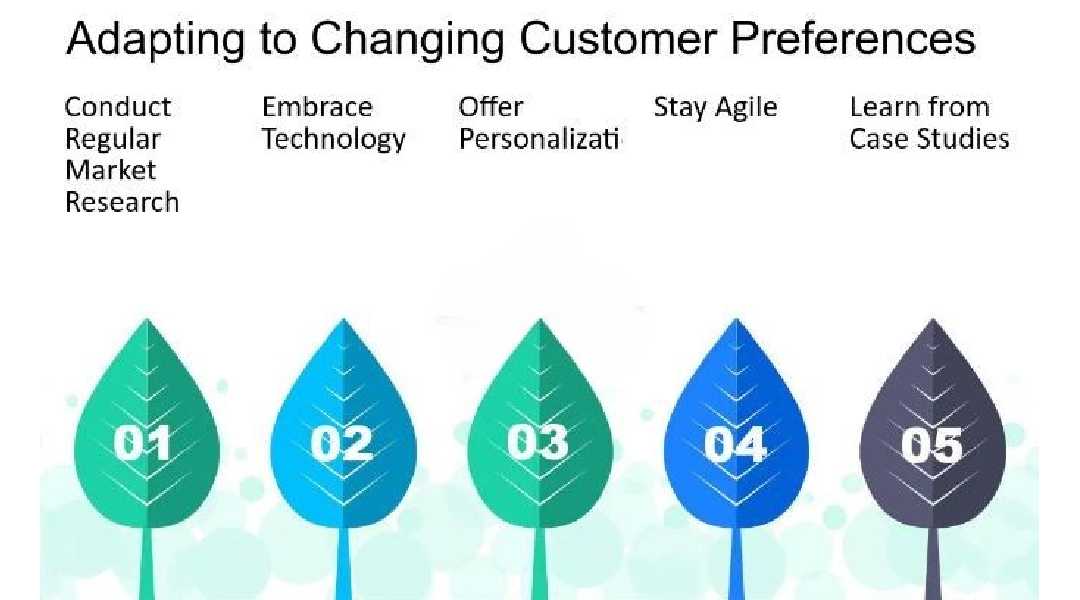
Solution 4: Building a Strong Online Reputation
Building a strong online reputation involves actively managing online reviews, responding promptly and professionally to feedback, and showcasing positive customer experiences.
Encouraging satisfied patrons to leave reviews, engaging with followers on social media, and creating compelling content can enhance visibility and credibility.
Consistently delivering excellent service, maintaining transparency, and addressing any negative feedback promptly demonstrate commitment to customer satisfaction.
Leveraging user-generated content and testimonials across digital platforms further strengthens credibility and trust. By cultivating a positive online presence, restaurants can attract more customers, drive loyalty, and differentiate themselves in a competitive market.
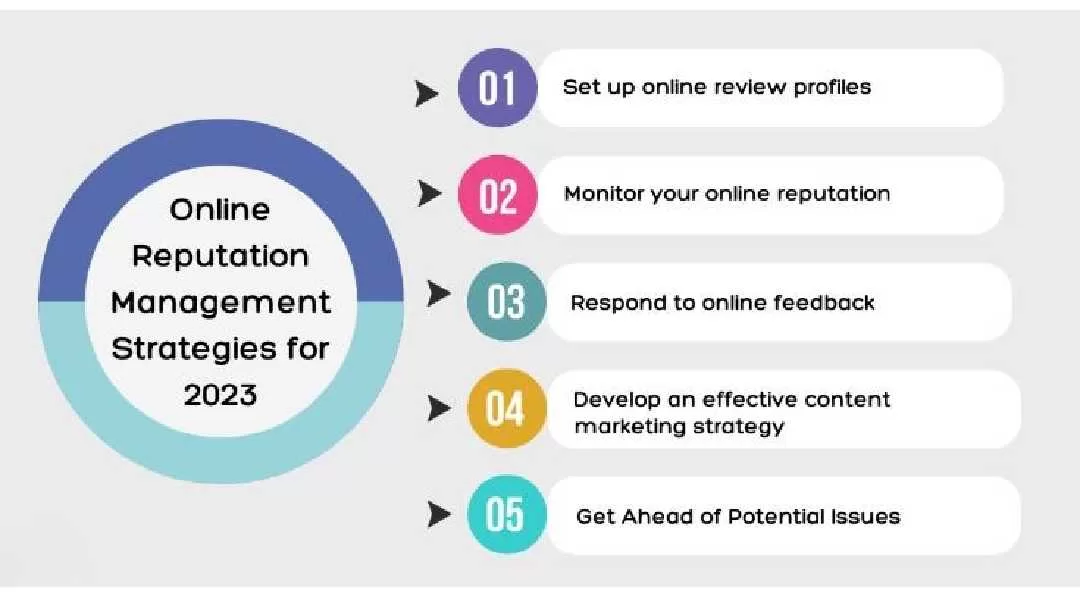
Solution 5: Optimizing Profitability in a Competitive Market
Optimizing profitability in a competitive market necessitates strategic pricing strategies, efficient cost management, and revenue optimization tactics.
Restaurants can analyze their cost structures, identify areas for savings, and negotiate favorable terms with suppliers. Menu engineering, emphasizing high-margin items and adjusting pricing based on demand, helps maximize revenue.
Additionally, investing in marketing efforts to attract and retain customers, leveraging technology for operational efficiencies, and diversifying revenue streams through catering or merchandise sales can further enhance profitability.
Regular performance monitoring and adjustments to business strategies ensure adaptability and resilience in navigating the challenges of a competitive market while maintaining sustainable profitability.
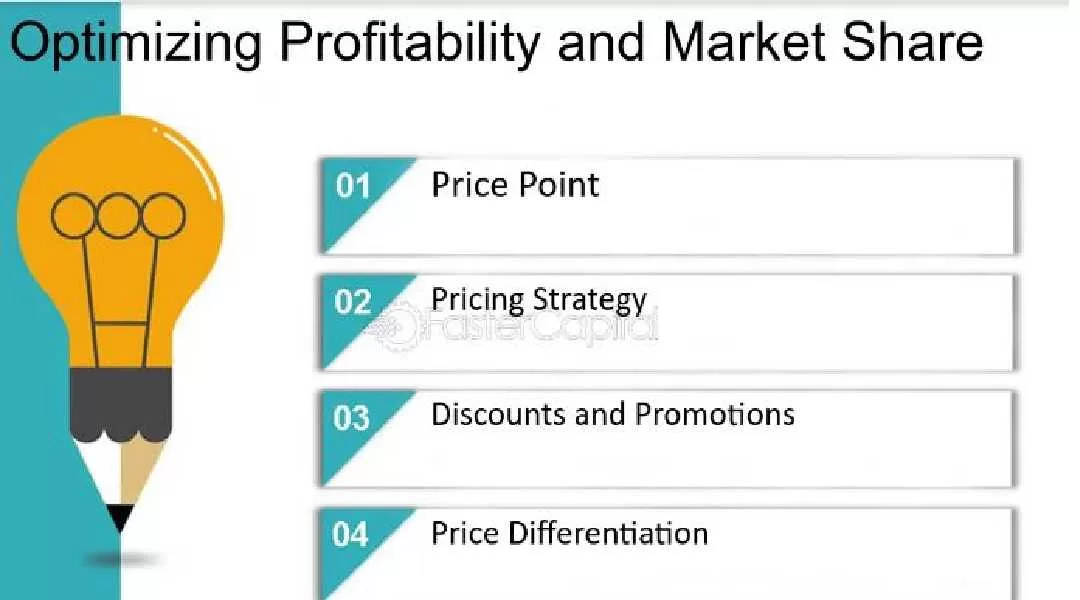
Building a Successful Restaurant in 2024 and Beyond
In 2024 and beyond, building a successful restaurant requires a blend of innovation, authenticity, and adaptability.
Embrace technology for streamlined operations and enhanced customer experiences, such as online ordering and reservation systems. Prioritize sustainability in sourcing ingredients and reducing waste to appeal to conscientious diners.
Create a distinct brand identity through unique menu offerings, ambiance, and excellent customer service. Engage with your community through social media, events, and collaborations to build a loyal customer base.
Stay agile by monitoring trends and adjusting your offerings accordingly, whether it’s introducing plant-based options or catering to specific dietary preferences.
Invest in staff training and development to maintain consistency and excellence in all aspects of your restaurant. By combining these elements, you can carve out a niche and thrive in the competitive restaurant industry of 2024 and beyond.

FAQs
Q: What are the different types of restaurants?
A: Restaurants come in various types, each offering a unique dining experience. Fine dining establishments offer upscale, formal settings with high-quality cuisine and attentive service.
Casual dining restaurants provide a relaxed atmosphere with a diverse menu suitable for families and groups. Fast-casual eateries offer quick service and customizable meals, bridging the gap between fast food and sit-down dining. Ethnic restaurants specialize in cuisine from specific regions or countries, offering authentic flavors and cultural experiences.
Lastly, food trucks and pop-up restaurants offer mobile dining experiences, often featuring innovative menus and seasonal offerings at different locations.
Q: What are some key factors to consider when choosing a restaurant?
A: When selecting a restaurant, consider factors like cuisine type, ambiance, location, price range, and reviews. Determine the dining experience you desire, whether it’s fine dining, casual, or ethnic cuisine. Check online reviews and ratings for insight into food quality and service. Location impacts accessibility, while price range determines affordability.
Ambiance sets the mood, whether it’s cozy and intimate or lively and casual. Additionally, consider special features like outdoor seating or live music. Ultimately, choose a restaurant that aligns with your preferences and offers a memorable dining experience suited to the occasion.
Q: How can I find healthy options at a restaurant?
A: To locate healthy choices at a restaurant, start by scanning the menu for items labeled as “light,” “low-calorie,” or “healthy options.” Look for dishes featuring lean proteins such as grilled chicken or fish, accompanied by steamed or roasted vegetables.
Avoid items that are fried, creamy, or high in added sugars and opt for dishes with whole grains like quinoa or brown rice. Additionally, consider requesting modifications such as dressing on the side, substituting fries for a side salad, or asking for grilled instead of fried preparation.
Don’t hesitate to ask the server for recommendations or clarification on menu items.
Q: What should I tip at a restaurant?
A: Tipping practices vary by region and cultural norms, but a general guideline is to tip between 15% to 20% of the total bill before tax. Exceptional service or dining experiences may warrant a higher tip. In some countries, like the United States, tipping is customary and often considered part of a server’s income.
However, always check if gratuity is included in the bill, especially for larger groups, as it’s common in some establishments. Tipping acknowledges the efforts of the restaurant staff and contributes to their livelihood, so it’s important to be mindful of customary practices.
Q: What if I have a food allergy?
A: If you have a food allergy, it’s crucial to communicate this to restaurant staff before ordering. They can provide information on ingredients and potential allergens in dishes, offer alternative options, or make modifications to accommodate your needs. Some restaurants have dedicated allergy protocols and trained staff to handle such requests.
Always ask questions about ingredients and cross-contamination risks, and consider choosing restaurants with a reputation for accommodating food allergies. Clear communication with staff about your allergy ensures a safe dining experience, reducing the risk of allergic reactions.
Q: Do you offer takeout or delivery services?
A: Many restaurants offer takeout or delivery services for customers who prefer to enjoy their meals at home or in a different location. It’s recommended to check the restaurant’s website or contact them directly to inquire about their takeout and delivery options, including any delivery fees or minimum order requirements.
About Author sudeshna mukherjee
You May Also Like…
Food Licensing Requirements for Indian Restaurants and Cloud Kitchens: What You Need to Know
IntroductionFood industry is the fastest growing business in India. If you are interested in investing and opening a...

